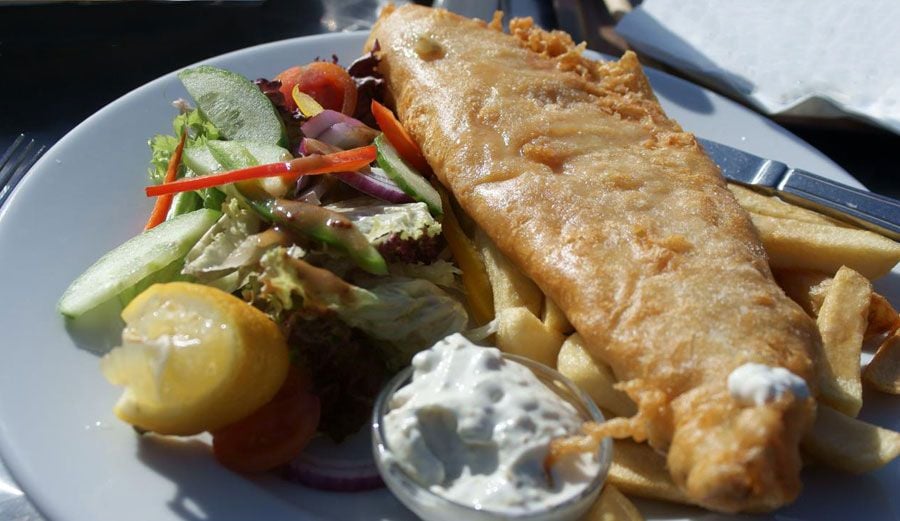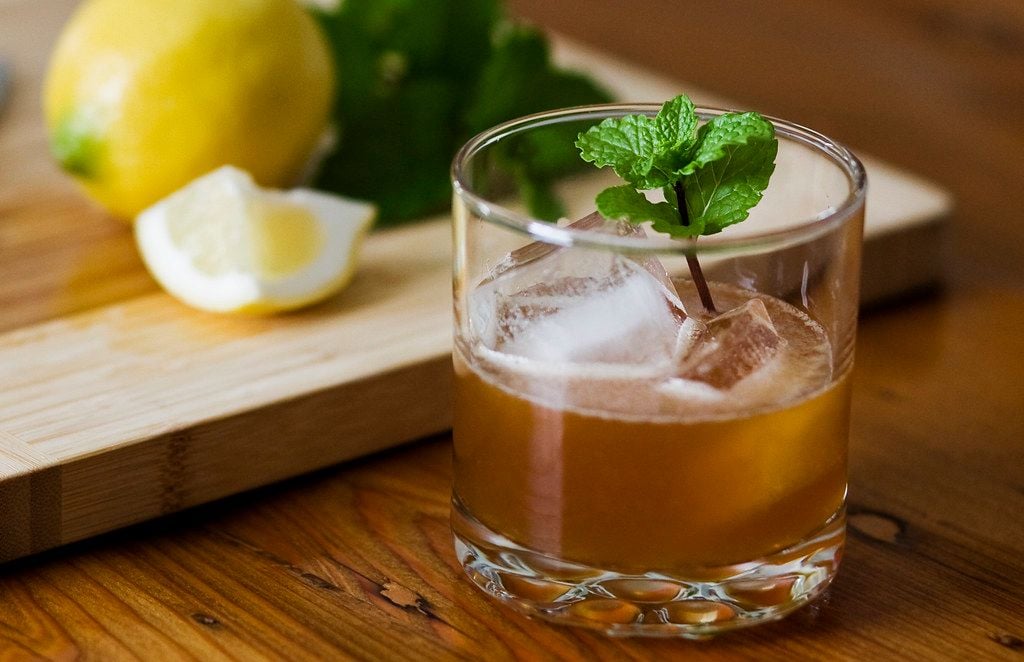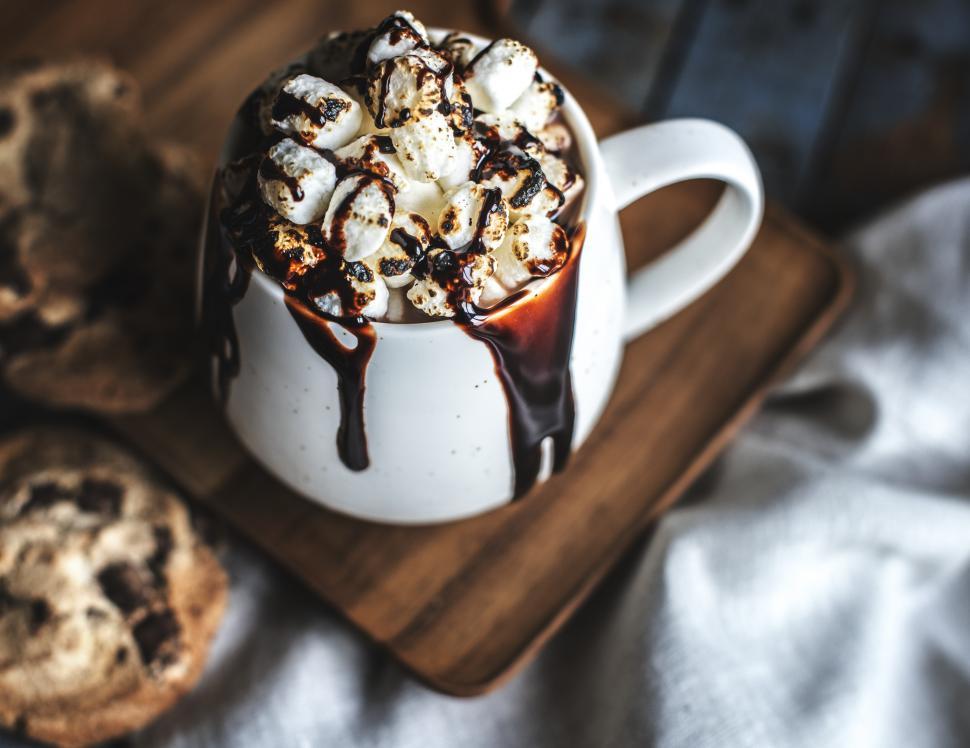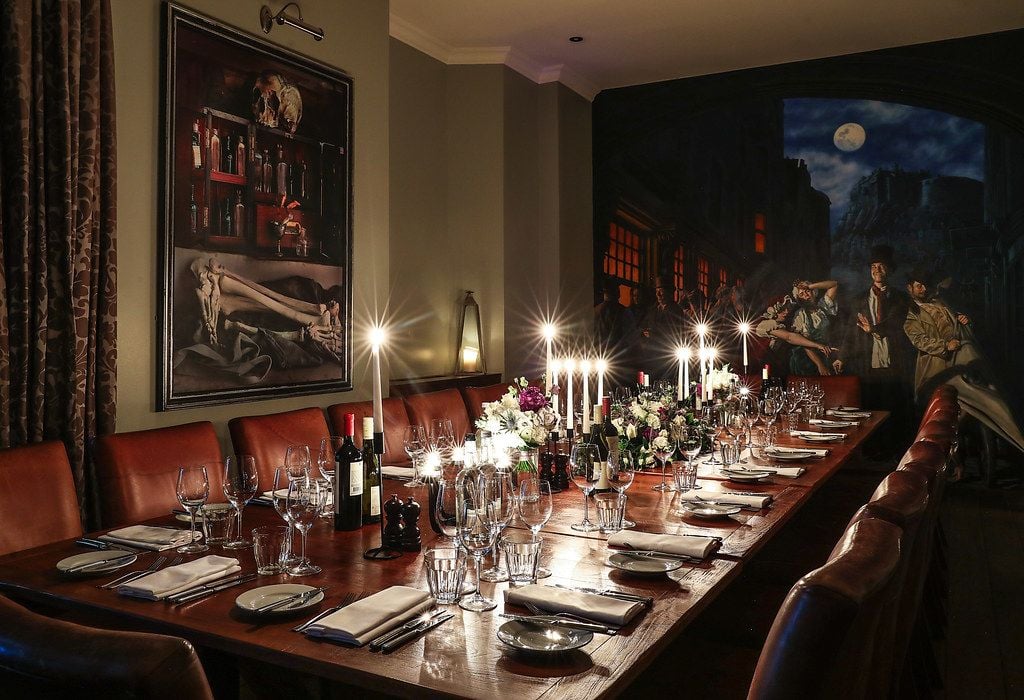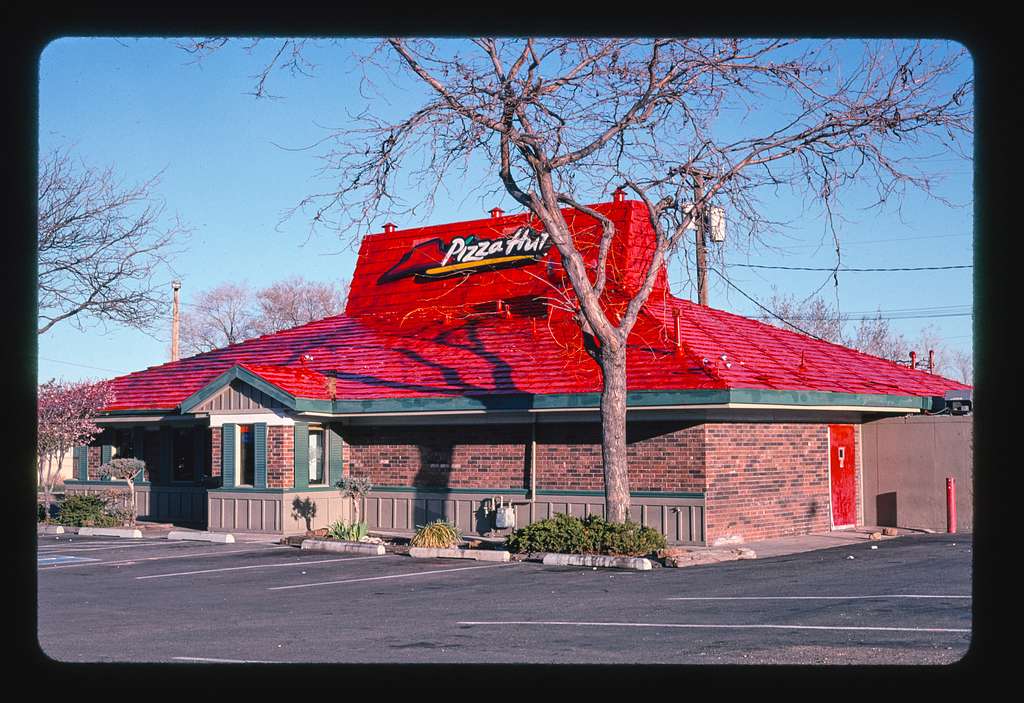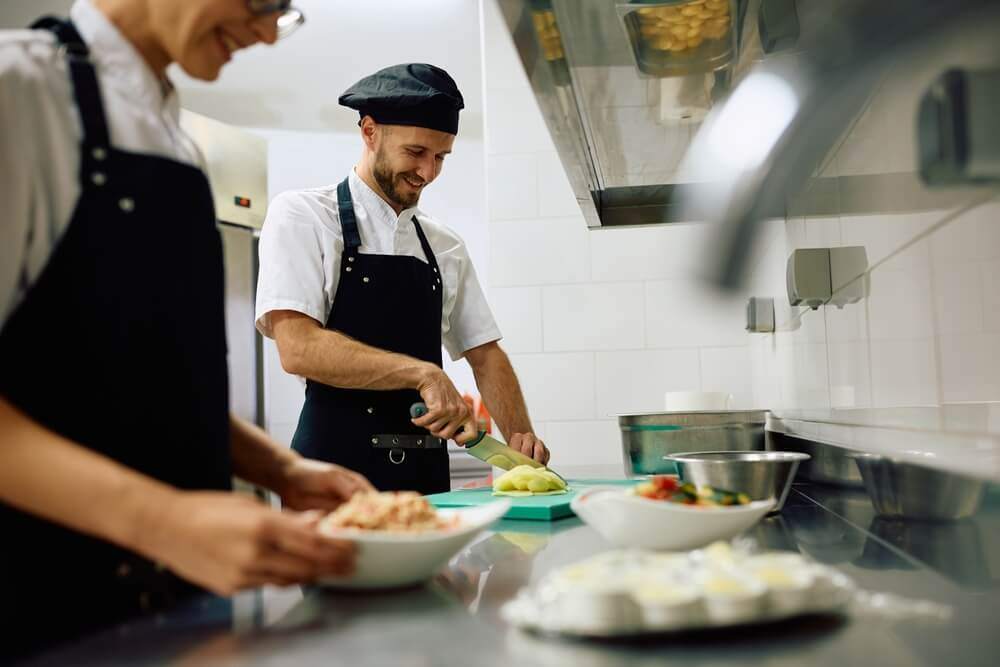
Master the Art of Smoked Pork Butt at Home
- Jul 4, 2024
Hailing from all across America, the truly iconic sandwich features smoking hot, perfectly tender pulled pork piled generously on a soft bun, drenched in a tantalizing blend of sweet and spicy sauce. But why only drool over the masterpieces created by the veteran pitmasters when you can recreate that magic at home by smoking a pork butt to perfection?
The process is straightforward: smoke the pork at a low temperature for an extended period until the fat and connective tissues blend into the meat to lend it its signature moistness. However, a bit of patience goes a long way here - smoking an entire pork butt can take up to half the day.
First, you need to know what to look for when walking down your local grocery store's meat aisle. A great cut of pork butt (also known as Boston butt) is easily recognizable from its uniform, rectangular shape without skin and substantial size, normally up to 8 pounds. This cut comes from the shoulder, the hog's large primal cut. Apart from the butt, the shoulder also produces the picnic shoulder, often labelled as pork shoulder, but this cut tends to have skin intact.
When shopping for your pork butt, keep in mind the bone-in versions yield a heartier flavor, although it might take a bit longer to cook compared to a boneless one. As per the culinary experts, a pork butt, due to its rich marbling, is an excellent choice for slow smoking.
Once you've found the right cut, start by trimming off excessive chunks of fat. But, remember, the small layer of fat lends a unique taste to the final product. After initial preparation, season the meat with your preferred choice of spice rub. Third-gen owner of Brooks’ House of BBQ in New York, Ryan Brooks, insists on a consistent layer of seasoning all over the pork butt.
After this, many pitmasters suggest letting the seasoned pork butt rest for a few hours inside the refrigerator for enhanced flavor, and then at room temperature for a short while before you commence the actual cooking.
Many kinds of smokers can be used to accomplish an ideally smoked pork butt at home, including electric, gas, and charcoal smokers. Whichever type of smoker you decide to use, smoked wood holds historical significance amongst pitmasters. Depending on preferences, hickory, pecan, apple and cherry woods are typically used for smoking pork butts.
Begin by setting your smoker between 225°F to 250°F, placing your pork butt inside with the fat-cap side up. The first stage of cooking ends when the pork's internal temperature reaches around 150°F or 160°F. This is also the phase when it absorbs most of the smoky flavor. However, at about 160°F, the pork usually stalls. Don't panic: it's merely the moisture in the pork evaporating, and can take hours for the internal temperature to increase again. At this point, wrapping your pork butt in aluminum foil or butcher paper can be beneficial.
In the last phase of smoking, let the pork cook until it reaches around 200°F. The internal temperature might even go up to 300°F. However, "always opt for lower temperature when smoking pork," advises Heath Riles, world championship pitmaster and owner of Heath Riles BBQ. The meat will be ready to serve when it reaches 195°F, 207°F or 208°F, depending on the initial smoking temperature.
Allow the successfully smoked pork to rest for around 30 minutes to an hour, allowing the meat to tenderize and become easier to pull apart. Now it is time to enjoy your perfectly tender and tantalizingly juicy homemade smoked pulled pork.

